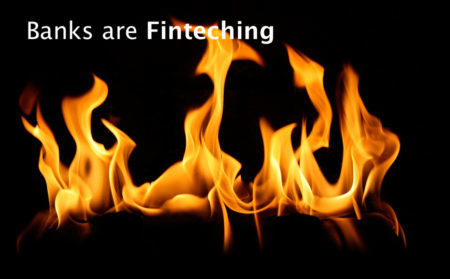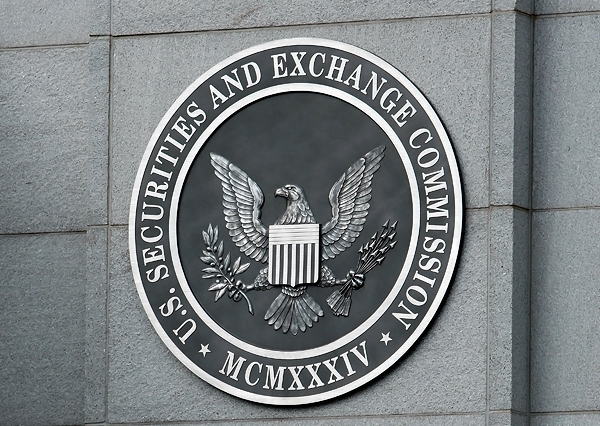The idea of corporate transparency isn’t new. But the rules of exposure have changed.
This is for social media newbies.
Marketing tools have changed since the Internet superhighway has weaved a prolific path through households.
It’s time to take a good hard look at your advertising budget. How are you allocating funds? Are you still spending enormous amounts of money on print and commercial advertising? How will your company benefit from the free sites that provide the often sought after omnichannel social networking?
Is it “free” right? But there’s a catch. There’s always a catch.
Today’s consumers have a multitude of avenues to research products and services. Typically, consumers started with the yellow pages. Now they start with an Internet search box from Google, Yahoo or Bing. Most likely last year’s phone book has hit the recycle bin or sits on the front porch waterlogged and forgotten.
So how do you jump into this social networking world, with its daunting technology while still clinging to the old marketing regimen: print ads, commercials or mailers?
One thing you should know. Consumers are more apt to listen to their peer group or an unbiased consumer over a companies advertising campaign. The new marketing formulas leveraging social media could present a daunting crossroad. You have heard the social media buzz. Many brands are still holding onto their traditional marketing budgets. Madison Avenue is not letting them off the traditional marketing hook. There’s a lot of money at stake.
Many brands are still wondering: Spend money on traditional advertising or invest in building a social network?
With the explosion in social networking platforms, businesses have become savvier in how they address the social media phenomena. As the technology advances and marketing budgets are squeezed tight, smart brands shift marketing dollars to the social network platforms, where the user-community plays a vital role in shaping products and services.
Forced Transparency
You could have your stick in that old marketing mud and not want to embrace change to social networks. Exposing your company to Twitter and Facebook will force transparency. Consumers have a serious BS meter and if you are not transparent, they’ll know. Your brand has to be authentic. It has to be real.
You’ll have to go beyond the marketing formulas of old. Marketing dollars are more efficiently spent when the user-community plays a vital role in developing the product and service.
Advancing a platform strategy that rapidly and effectively captures the voice of the community, will change how you’re organization disseminates information, aka content. The need to connect with the consumer in authentic ways become paramount.
But if it’s solely driven by profit and that’s your first message you could fall flat.
A social network will help develop a two-way street so your business objectives can include the ingredients that are important to your consumer. A social network will help your company harness thoughtful participation and build a remarkable and loyal, perhaps even evangelical, consumer base. If anything, you can readily learn what your consumer is thinking and saying so you can adjust accordingly.
And there’s the catch.
A brand that creates an engaging, two-way conversation with the consumer, will build the future. The only real catch is pulling your thumb from the old world fissure and socializing your brand … and becoming transparent.
Oh, and here’s the good part. Did you know that making a fan page on Facebook or on Twitter is cheap? Well, it’s cheaper than cheap; it’s downright free.
Your marketing footprint can be respectfully and thoughtfully woven into your social network.
Potential ROI should be analyzed in your marketing business plan. If all the ingredients support your social network than a viable action-plan is put in place. It can be difficult to measure a true ROI initially as brand appreciation, loyalty and other intrinsic variables are measured over time.
The initial starting point is framed as a preliminary exploration designed to foster discussion and future development. This will set the tone for flexibility and adaptation so your program can grow without strict rigidity. True ROI and other important metrics can be more accurately quantified after the program develops traction.









